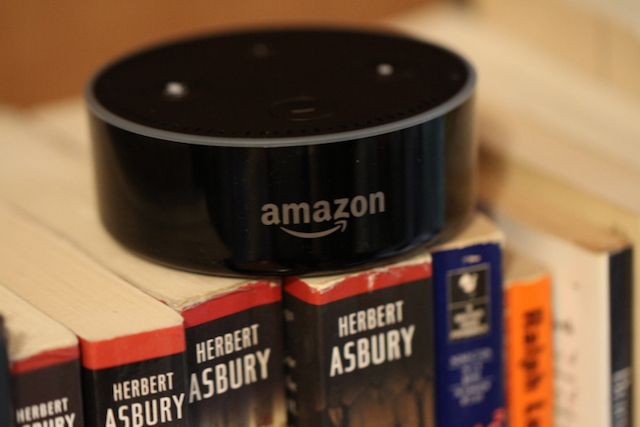
If you believe the hype, homes in the US are already lousy with speakers containing embodied AI — the most high profile being Amazon’s Echo, in its various incarnations, whose Alexa voice assistant can be commanded to do things like play music, answer trivia questions or tap into third party apps (via an ever-expanding set of so-called ‘skills[1]‘).
But the truth is these virtual personal assistant (VPA) speakers remain very much the domestic exception, not the rule. To give an idea of current and near-term market size, a snapshot forecast put out by Gartner[2] yesterday suggests these VPA-enabled wireless speakers will generate just $3.52BN in global revenue by 2021, up from $0.72BN in 2016.
Gartner tells TechCrunch the forecast is based on estimates of unit sales of between 10-12 million AI speaker devices shipping this year. (Amazon and other makers playing in this space, such as Alphabet with its Google Home[3] speaker, don’t disclose official sales figures.)
For some comparative context, Gartner is expecting the wearables space to generate $30.5BN[4] in revenue this year, off of 310M devices shipped. While the global smartphone market ships more units than a year’s worth of wearables per quarter[5] (~380M) — and more than a billion handsets per year (~1.5BN in 2016[6]).
Still, AI-enabled speakers are definitely having their moment in the sun, as even Apple has decided it’s time to get involved — announcing earlier this summer its own premium offering is on the way. Aka, the HomePod[7].
“We want to reinvent home music,” was how Apple CEO Tim Cook introduced the gadget at the company’s WWDC keynote, showing how Cupertino is thinking about the...